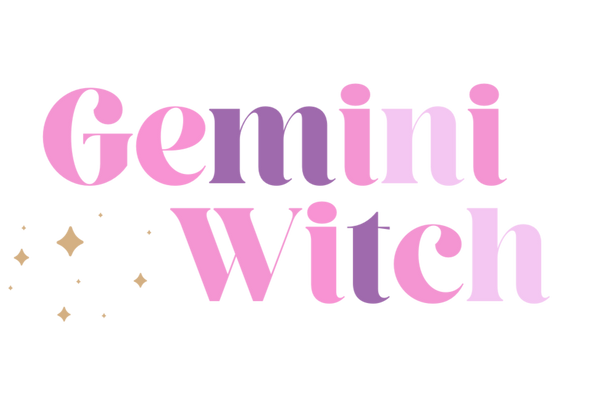Halloween isn’t just about costumes, treats, and spooky stories—this holiday has ancient roots that run deep in the world of witchcraft and spiritual practice. From the Celtic festival of Samhain to modern Halloween traditions and the significance of Halloween for witches today.
Ancient Origins: The Birth of Samhain
What Was Samhain?
Long before Halloween came to America, ancient Celtic communities celebrated Samhain (pronounced Sow-en), a festival marking the end of the harvest season and the start of winter. Samhain was one of the most important Celtic celebrations, often considered the “Witch’s New Year.” It was thought to be a time when the veil between the living and the spirit world thinned, allowing spirits to pass between realms. Witches and shamans used this time to connect with ancestors, interpret omens, and perform rituals to honor their community.
Customs and Traditions of Samhain
During Samhain, bonfires were lit to ward off malevolent spirits, while families left offerings of food to appease wandering souls. Divination rituals like scrying (the art of gazing into a reflective surface for visions) became popular, as people sought guidance for the coming year. Many of these ancient Samhain practices laid the foundation for modern-day Halloween customs, like wearing costumes and carving pumpkins.
Samhain’s Evolution into Halloween
Pagan Roots to Pop Culture
As Christianity spread through Europe, many Samhain customs started to blend with All Saints’ Day, a Christian holiday honoring saints and martyrs. While the name “Halloween” emerged from “All Hallows’ Eve,” these spiritual customs remained intact in some regions, where people continued celebrating Samhain traditions alongside their new Christian practices.
Early Halloween in America
When Halloween first reached America, Puritan communities were wary of its “pagan” origins and viewed the holiday with suspicion. It wasn’t until the Irish and Scottish waves of immigrants arrived in the 19th century that Halloween truly took root in the U.S. These communities brought with them traditions like carving turnips, wearing costumes to scare away spirits, and having festivals.
The American Transformation
In the early 20th century, Halloween evolved into a more family-friendly event, emphasizing costumes, parties, and trick-or-treating. By the 1950s, Halloween had become a staple of American culture, shifting from its mystical origins to a celebration that everyone could enjoy. Still, modern-day witches continue to honor the holiday's roots, celebrating Samhain rituals and viewing Halloween as a time for spiritual reflection and magic.
Why Halloween Matters in Modern Witchcraft
Honoring Ancestors and Spirits
Halloween isn’t just a night for costumes and candy; for many witches, it’s an opportunity to honor loved ones who have passed on. Some witches create “ancestor altars” with photos, offerings, and candles to remember family members and ancestors, making this a time for gratitude and connection. This sacred night allows witches to honor those who came before them and keep the memory of their loved ones alive.
Magic Amplified: Divination and Scrying
Because the veil between worlds is believed to be at its thinnest during Halloween, many witches find this time ideal for divination. Scrying, tarot reading, and pendulum work become especially potent as witches seek insight and guidance for the coming year. This tradition echoes the Samhain rituals of old, where practitioners would look for signs and guidance from the spirit realm.
Samhain as the Witch’s New Year
In Witchcraft, Samhain marks the end of one cycle and the beginning of another. Just like the the New Year, this time offers witches a moment to reflect on the past year, let go of what no longer serves them, and set intentions for the future. Many witches perform “letting-go” rituals during Samhain, symbolically burning old fears or regrets to release them and make room for new growth.
Ways to Celebrate Samhain in Your Own Practice
Scrying and Divination
If you’re new to scrying, Halloween is the perfect time to give it a try. Get comfortable in a quiet, dimly lit space with a mirror or bowl of water, and gaze softly at your reflection or the surface. Let your mind relax and observe any images or thoughts that come to you—it’s a simple way to connect with the spirit world and tap into your intuition.
Rituals to Honor Ancestors
One beautiful way to celebrate Samhain is to honor your ancestors. Create a small altar with photos or keepsakes, light a candle, and take a few moments to reflect on their lives and the legacy they left behind. Many witches use this time to send love and gratitude to those who came before them, making it a powerful practice of remembrance.
Setting Intentions and Spellwork
Samhain is an ideal time for setting intentions for the coming year. Write down anything you’d like to release or change, and, if you like, burn it in a fire-safe dish to symbolize letting go. Follow this with setting intentions or goals for the new cycle—like a spiritual fresh start.
Halloween may have transformed over the centuries, but for witches, its roots in Samhain make it a sacred and magical time. Beyond the costumes and candy lies a rich history and a world of traditions that hold profound significance. By celebrating Halloween with intention, we can reconnect with its ancient origins and honor this season’s true magic. Whether through scrying, setting intentions, or honoring ancestors, Halloween is more than just a holiday—it’s a doorway into a deeper, mystical world.

